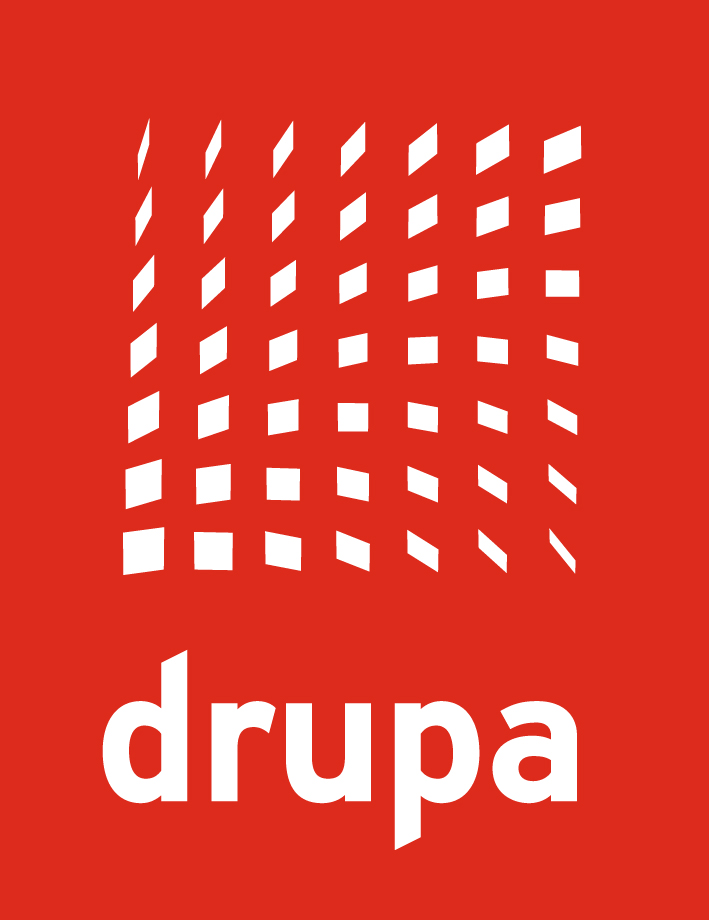Processing Optical Component with Inkjet Printing
Time:2018-12-20 From:
A research team from Switzerland has developed an inkjet printing process that makes it possible to manufacture precision optical components such as waveguides. This opens up new possibilities in the fields of electronics and microfluidics.

Research in the world of 3D printing continues to expand. In the field of optical 3D printing another breakthrough has been achieved. A research team from Switzerland has developed an inkjet printing process that makes it possible to manufacture precision optical components such as waveguides. This enables a signal to expand without great energy loss by limiting the expansion of the wave. The new method uses capillary forces to produce smoother print lines than previous inkjet production strategies.
Two-Step Printing as an Advantage
Inkjet printing is usually a one-step process. A pattern of droplets is applied to a substrate through tiny nozzles. But the team from the Swiss Center for Electronics and Microtechnology (CSEM) has discovered that a two-step process is also useful: It makes it possible to print lines with smoother features and at a certain height. This method can be used to print 2.5D waveguides and pins made of acrylic polymer and other materials such as metallic inks.
The ink printed in the second step aligns itself between the droplets of the first print to lower its surface tension. Normally, the problem is that inks deposited on a substrate crack or warp due to the surface tension of the liquid. But here it is seen as an advantage because the researchers do not have to pre-structure the substrate as with other inkjet printing processes. This simplifies production and increases the available design space.
Using Pinning Caps as Capillary Forces
The new method has several advantages over classical photolithography, which is often used to produce tiny components on chips. First, a series of spherical droplets are printed, the so-called pinning caps, which then insert liquid bridges from the ink of the second print. This prevents the ink from moving in order to avoid any bulging in the printing line. This method also makes it possible to create multiple connections to sharp edges and corners.
“The most important step was actually having the idea of using pinning caps to use capillary forces to our advantage instead of fighting them,”says Fabian Lütolf, a member of the research team at the CSEM lab in Muttenz.
“Once the capillary bridge idea was born, things came together quickly. We benefited from our past experience, as we already knew how to tune surface energies and had suitable materials and processes at the ready.”
The team developed a 20 micron wide and 31 micron high polymer waveguide with a cone that allows light from an external laser to penetrate the waveguide to evaluate the new method. The optical loss in the waveguide was measured at 0.19 dB/cm – only one order of magnitude higher than photolithographically generated waveguides.
According to the researchers, the smallest waveguides consist of a single drop of ink. Their size is limited by the nozzle of the printer. But the narrowest waveguides the printer made possible in their study were in the 40 micron range with a height of about 10 micrometers – limits similar to those possible with industrial inkjet printers on the market.
No Physical Limit to Prevent Printing Single Mode Waveguides
“With our current combination of materials and hardware, it’s not possible to make waveguides below 10 micrometers, as typically required for single mode operation. But we are close. There is, however, no fundamental physical limit that would prevent us from printing single mode waveguides”,says Lütolf.
In the future, researchers could combine these systems with their inkjet printing technology to produce single-mode waveguides. It could also be used to print electronics and microfluidics, which could help drive applications such as lab-on-a-chip devices and optical sensors.
Lütolf explains:“The fact that our approach could allow components with multiple functionalities to be fabricated with a single printer paves the way toward additive manufacturing of entire integrated circuits on chips. This means that optical components could be added to flexible hybrid electronics and that optoelectronic components such as light sources or detectors could be integrated into printed optical circuits.”
The team is currently working on optimizing the new process and the ink to reduce light loss through the waveguide. They also hope to commercialize the process in the future and make it usable for large-scale printing.

